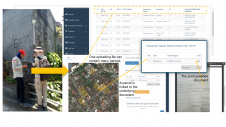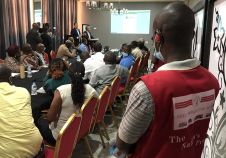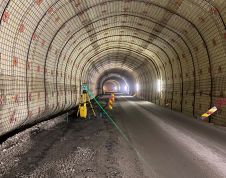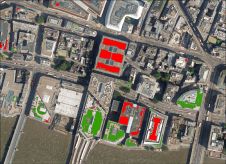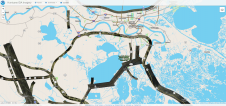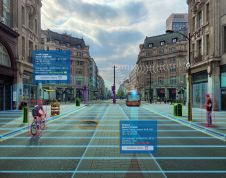How Can We Attract Students to Geomatics?
Outside of our community, and arguably even within our wider community, the term ‘geomatics’ is unfamiliar and ill defined, writes Ian Brown, senior lecturer at Stockholm University. More common in North America than in many parts of Europe, geomatics can be said to refer to the measurement and analysis of the properties of the Earth. Planetary scientists might argue that geomatics could equally refer to the measurement of other planetary surfaces. Some may argue in favour of a more comprehensive definition, while many in the community may reject the term entirely. If we as a community can’t adopt a common terminology with common definitions and communicate that effectively, then how can we expect to engage with the public, decision-makers and future students? How can we attract new talent?
We can start by reminding ourselves that geomatics, or ‘geographic information science’ (GIS) if you prefer, exists within the Science, Technology, Engineering and Mathematics (STEM) framework. STEM is acknowledged to be fundamental to a knowledge economy. Everything from disruptive technologies (e.g. self-driving cars and e-payments) to sustainable living (e.g. fossil-free fuels and Blue Growth) requires a dynamic and STEM-educated workforce. The above-mentioned examples also require geomatics-related capabilities to greater or lesser degrees. Geomatics is a STEM subject, and students are increasingly aware that STEM-related jobs have a bright future with good prospects for career development and decent remuneration. We need to promote geomatics as STEM; we can then leverage the resources promoting STEM learning to encourage the uptake of geomatics education.
There is also much we can do ourselves, of course. We can encourage students at undergraduate level to develop skill sets that include numerical skills and technological skills. GIS is central to how we teach geography and related sciences in both the Science and Social Science faculties. Many students will have had a taste of GIS prior to university. We can emphasise that spatial analysis requires particular methods and tools. We can highlight the role geomatics plays in everything from planning fieldwork to producing maps, and modelling patterns in the landscape or populations. Big data and artificial intelligence (AI) have become popular buzzwords that border on clichés, but they are two technologies that will be deployed to address some of the pressing problems facing society and industry. Weather forecasting has used big data, quietly, for decades. Everything from agri-business/precision-farming and flood forecasting to global freight planning may reasonably be using big geodata in the near future, if not already. Generating data, analysis and services will require a mix of skill sets that includes geomatics expertise.
在我们的机构在斯德哥尔摩,我们管理类izes to maintain good staff-student ratios and to enable us to utilise well-equipped computer labs with professional software from leading vendors. We offer courses that deliver different levels of specialisation to enable students to meet their various needs, and we offer these across educational programmes rather than just to our specialists. Other programmes deploy their own geomatics teaching, tailored to meet their particular goals and reflecting how a mix of skills, including geomatics, can meet a broad range of user and employer needs. We emphasise that our students will develop a skill set that will allow them to perform well in the workplace after graduation, and we assign considerable time to working in the computer lab. We also give them ample opportunities to hone their capabilities for group work and individual project work.
Today’s students are unequivocally aware of the competitive labour market and they want skills that employers are demanding. Addressing this is key to successful recruitment and to providing employers with a workforce that meets their needs and tackles the challenges society faces. That in turn requires the development of geomatics skills at all levels of education and the provision of life-long learning opportunities.
Make your inbox more interesting.Add some geo.
Keep abreast of news, developments and technological advancement in the geomatics industry.
Sign up for free












